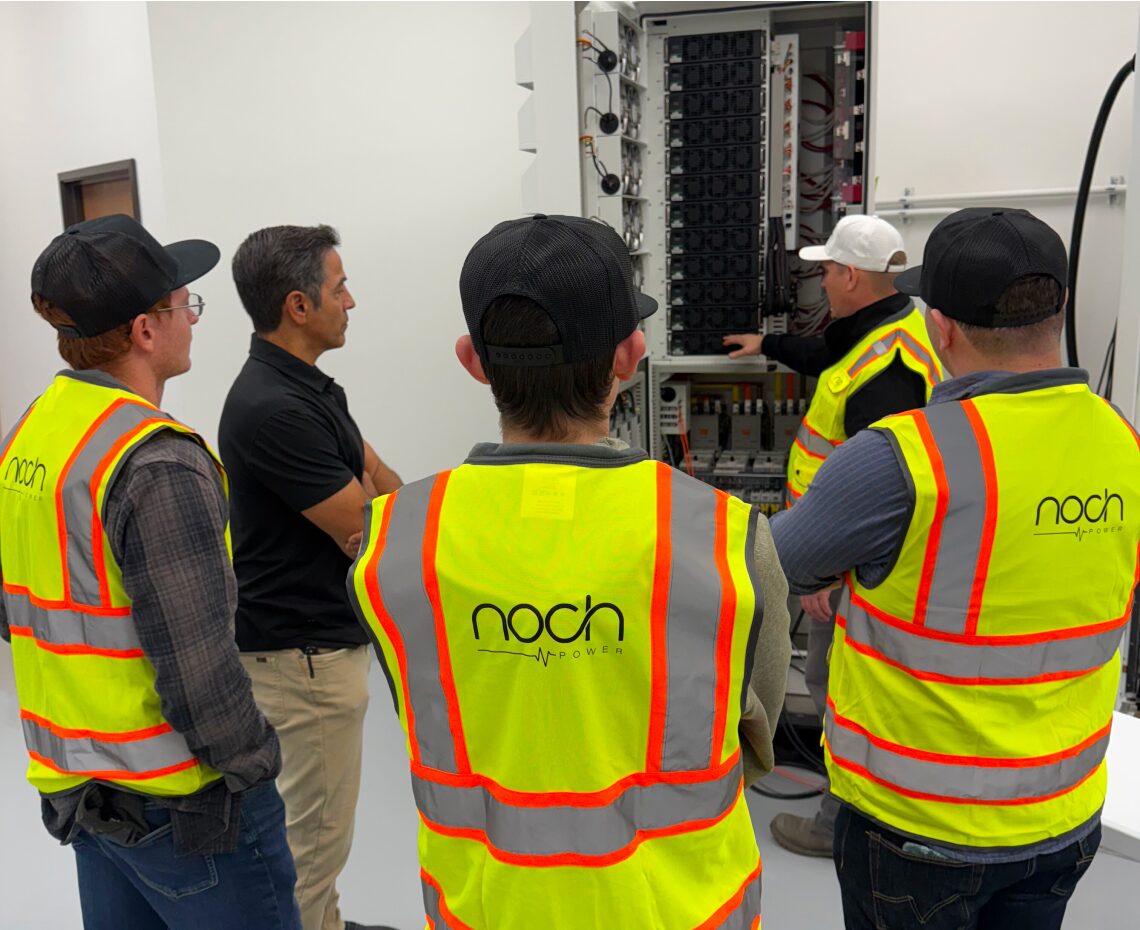Long gone are the days when consumers were content to sit on hold or wait for a response to arrive in the mail. Today, consumers expect instant access to products, services, and communication. Whether ordering a pizza or getting their Wi-Fi fixed, the average consumer brings the same high standards and expectations to both. This shift has prompted industries, particularly the field service industry, to rethink and redesign their service models to keep pace with these elevated demands.
This shift presents significant challenges to traditional field service industry models, which often rely on outdated practices that struggle to meet these new demands. This blog will explore how the rise of the “Economy of Convenience” is reshaping the field service industry, the challenges it poses to outdated practices, and how modern solutions like goDeskless are helping companies meet these new demands, ensuring they remain competitive and capable of delivering superior customer experiences.
What the Bad Old Days Were Like
In a past era, where the bar for “convenience” was much lower, the field service industry was riddled with inefficiencies:
-
- Long Hold Times: Extended wait times on the phone added to customer dissatisfaction, making the service process more painful than necessary. Customers were often left feeling undervalued and ignored during these long waits.
- Broad Appointment Windows: Customers were often given broad time slots, requiring them to wait at home for hours for a technician to arrive. This not only wasted time but also created significant frustration as customers had to rearrange their schedules for a vague appointment window.
- Lack of Communication: Communication was minimal until the technician was at the door, leaving customers in the dark about their service status. This lack of transparency caused uncertainty and a lack of trust in the service process.
- Unprepared Field Agents: Technicians frequently arrived without the necessary information or tools, leading to unresolved issues and follow-up visits. This inefficiency not only wasted resources but also diminished the customer’s overall experience.
The New Era of Unbridled Convenience: What Consumers Want
- Simplified Service Delivery: Companies like Uber have streamlined the service process, allowing consumers to know exactly where their service providers are, how long they’ll take, and how to track their progress. This level of transparency and control has become the new standard in service expectations within the field service industry.
- Instant Service Requests: Immediate responses and service initiation are now the norms. Consumers want to interact with a person or an intelligent chatbot right away, rather than waiting hours or days for an email reply. This expectation for instant gratification has redefined how companies in the field service industry must approach customer service.
- Real-Time Updates: Customers appreciate being kept informed about the status and estimated arrival time of their service, down to the minute. This real-time communication reduces uncertainty and builds trust, making the service experience more predictable and reliable.
- Direct Communication: Enhanced transparency and satisfaction are achieved through direct communication with service providers, leading to a smoother and more predictable service experience. Direct communication channels allow for immediate issue resolution and a more personalized service approach.
In Field Service, What Does Delivering True Convenience to Consumers Look Like?
Delivering true convenience in the field service industry means adopting a modern, customer-centric approach that leverages technology to improve efficiency and communication. Depending on the perspective or user profile, this can take different forms.
For the Customer:
- Service Requests via SMS or WhatsApp: Easy-to-use channels for service requests, ensuring that customers can quickly and effortlessly reach out for support.
- Real-Time Updates on Work Order Status: Customers are kept informed throughout the process, minimizing anxiety and uncertainty.
- Direct Communication with Field Agents: Clear and direct communication channels with the technician allow for a more personalized and responsive service experience.
- Real-Time Location and ETA Sharing: Customers know precisely when to expect their service, enabling them to plan their day more effectively.
- : Specific, narrow time slots that fit customers’ schedules reduce the inconvenience of waiting for service.
For the Dispatcher:
- Real-Time View of Field Agent Location, Availability, and Expertise: Ensures the right technician is assigned to the right job, improving efficiency and response times.
- Tools to Facilitate Optimal Technician Assignment: Data-driven tools for efficient technician deployment help maximize resource utilization and minimize downtime.
- A Console for Multi-Channel Collaboration and Communication: Streamlines communication across the service chain, ensuring that everyone involved is on the same page.
- Video Assist and Smart Knowledge Base for Problem Resolution: Advanced tools that support field agents in resolving issues on the first visit, reducing the need for follow-ups and improving customer satisfaction.
For the Field Service Agent:
- Full Information and Pre-Visit Diagnostics: Ensures that agents arrive fully prepared, equipped with all the necessary information and tools to complete the job efficiently.
- Real-Time Inventory Management: Technicians have the necessary parts and tools at their disposal, reducing delays and ensuring that issues are resolved on the first visit.
- Job Request Management: Efficient handling of service requests to maximize productivity and minimize response times.
- Comprehensive Reporting: Detailed reports to track performance and improve service, helping to identify areas for improvement and ensuring continuous progress.
- Enhanced Preparation for First-Time Resolution: Ensures that issues are resolved on the first visit, reducing the need for follow-ups and improving overall customer satisfaction.
How GoDeskless is Built for the Economy of Convenience
Here at GoDeskless, we’re leading the transformation of the field service industry by aligning our product perfectly with the demands of the economy of convenience.
Our platform features service requests via SMS or WhatsApp, real-time updates, a powerful SmartAgent Console, and advanced support tools like Video Assist and a Smart Knowledge Base. These tools empower both dispatchers and field agents to work more efficiently, ensuring that customers receive timely, transparent, and reliable service. The result is enhanced customer satisfaction, improved operational efficiency, and higher first-time fix rates, which together foster trust and long-term loyalty.
By leveraging our platform, businesses can streamline operations, improve communication, and deliver exceptional value to their customers in today’s fast-paced environment. We encourage you to explore GoDeskless solutions further by visiting our website, reading case studies, or contacting us for a demo!





